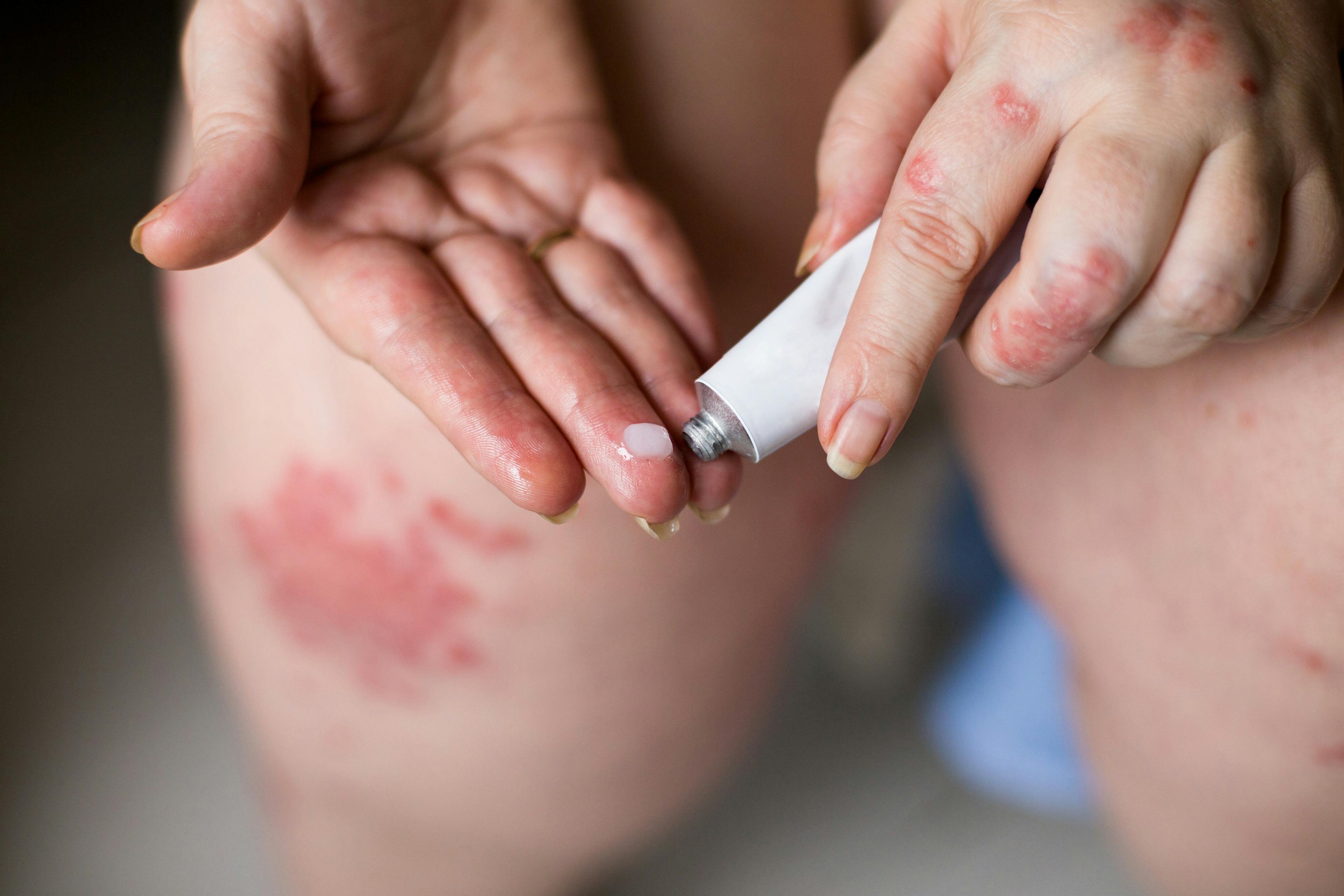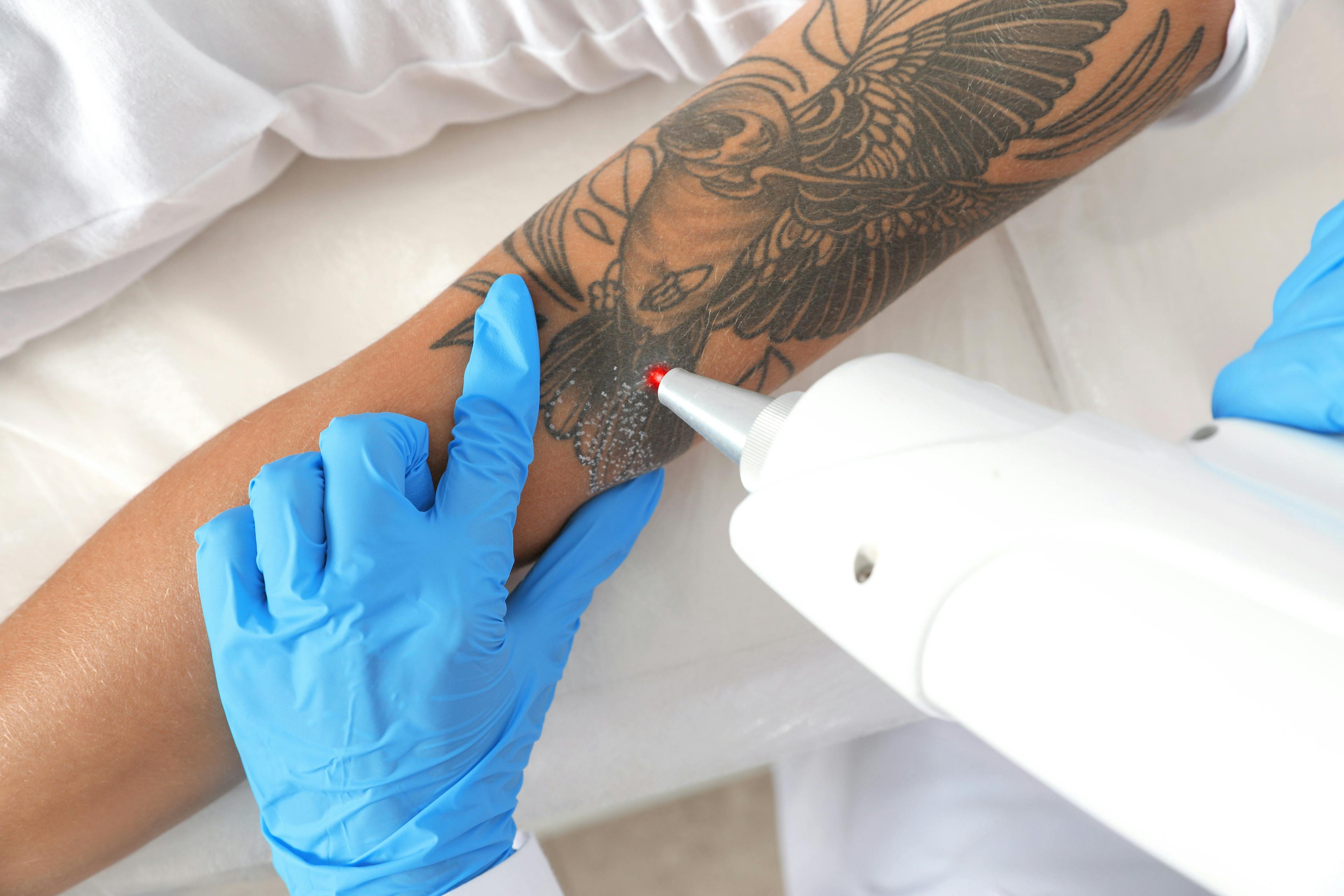- Acne
- Actinic Keratosis
- Aesthetics
- Alopecia
- Atopic Dermatitis
- Buy-and-Bill
- COVID-19
- Case-Based Roundtable
- Chronic Hand Eczema
- Chronic Spontaneous Urticaria
- Drug Watch
- Eczema
- General Dermatology
- Hidradenitis Suppurativa
- Melasma
- NP and PA
- Pediatric Dermatology
- Pigmentary Disorders
- Practice Management
- Precision Medicine and Biologics
- Prurigo Nodularis
- Psoriasis
- Psoriatic Arthritis
- Rare Disease
- Rosacea
- Skin Cancer
- Vitiligo
- Wound Care
Publication
Article
Dermatology Times
The future of actinic keratosis treatment
Author(s):
It is estimated that 0.025% to 16% of all actinic keratosis (AK) lesions may progress into invasive SCC per year, and there is still no marker to predict which lesions will progress, according to a recent paper that outlined diagnostic challenges as well as current and pipeline treatment approaches.

It is estimated that 0.025% to 16% of all actinic keratosis (AK) lesions may progress into invasive SCC per year, and there is still no marker to predict which lesions will progress, according to a recent paper that outlined diagnostic challenges as well as current and pipeline treatment approaches.1
RELATED: Lasers aid actinic keratoses treatment
“The prevalence of AK is already high and expected to rise even further in the next years,” write authors Philipp Cramer, M.D., and Eggert Stockfleth, M.D., from St. Josef Hospital, University Hospital of the Ruhr-University of Bochum, Bochum, Germany. “Actinic keratosis, apart from immune-suppressed patients, mainly is a chronic disease which affects the older third of the population. This is primarily due to high chronic lifetime sun exposure, limited sun protection, and limited awareness of the sunlight’s carcinogenic potency.”
The quality of life of patients with AKs can greatly be impacted and, according to the authors, there are two sides to the social implications related to AK.
“On one hand, the feeling of losing control and the speculation about the risk of getting skin cancer may impact a patient’s quality of life as well as the pain associated with many AK treatments. On the other hand, due to the clear correlation between UV-related activities and AK, the necessary change in behavior might also impact a patient’s quality of life, including social circles and social acceptance, as well as self-esteem correlated to tanning,” the authors write.
The primary treatment goals are the eradication of as many clinical and subclinical AK lesions as possible, the authors say, as well as keeping the disease-free intervals as long as possible and decreasing the risk of developing an invasive SCC.
A practical treatment algorithm2 was recently proposed to help clinicians better address AKlesions. Here, treatment was broken down into lesion-directed therapy, cluster directed therapy for a small field (< 25 cm2) and cluster to directed therapy for a larger field (> 25 cm2).
Cryotherapy, curettage and excision are the currently used lesion-directed therapies; however, they do not adequately address field cancerization or subclinical lesions. These treatments are mostly reserved for suspicious single lesions to exclude the possibility of an invasive SCC, the authors write.
RELATED: Patients not satisfied with photodynamic therapy for actinic keratosis
In cluster directed therapy, modalities like 5-fluorouracil and 5% imiquimod are readily used, with only the latter finding utility in addressing field cancerization and subclinical lesions.
For large field-directed therapy, 5-fluorouracil, diclofenac and PDT are all used, but according to the authors, imiquimod 3.75% has the highest expert agreement of any field directed therapy and a long-term sustained reduction in AK lesions. Nevertheless, often a combination of approaches is used to successfully control AK lesions.
There are a number of experimental treatments currently under investigation such as Sinecatechin, a Polyphenon E targeting the link between HPV infection and development of AK, Tirbanibulin, which targets the SRC proto-oncogene and fast proliferating cells, as well as Tuvatexib, a small-molecule dual VDAC/HK2 modulator that has proven it can compete with established therapies for AK.
A novel nanoparticle formulation of Paclitaxel ointment has also demonstrated efficacy in the treatment of AKs. Lastly, two drugs, furosemide and digoxin, are being repurposed to be used in the treatment of AKs. A topical formulation of furosemide and digoxin is under development as an antiviral for the treatment of cutaneous non-genital warts caused by HPV, which will hopefully suppress the development of AK lesions.
“We see the treatment of AK going toward a more individually tailored treatment for each patient, considering his ability of self-treatment, the size and location of his lesions but also the genetic basis as well as individual risk of transformation into an invasive SCC, and possibly other factors such as HPV infection contributing to each patient’s individual AK lesions. From our point of view, we consider Sinecatechin, Tirbanibulin, and Tuvatexib to be the most promising drugs,” the authors write.
Disclosures:
Drs. Cramer and Stockfleth report no relevant disclosures.
References:
1. Cramer P, Stockfleth E. Actinic keratosis: where do we stand and where is the future going to take us? Expert Opin Emerg Drugs. 2020 Mar;25(1):49-58.. Epub 2020 Feb 20.
2. Dirschka T et al. Real-world approach to actinic keratosis management: practical treatment algorithm for office-based dermatology. J Dermatolog Treat. 2017 Aug;28(5):431-442. Epub 2016 Nov 13.

Newsletter
Like what you’re reading? Subscribe to Dermatology Times for weekly updates on therapies, innovations, and real-world practice tips.





























